Spruce "Maygold": description, features of planting and care, reproduction
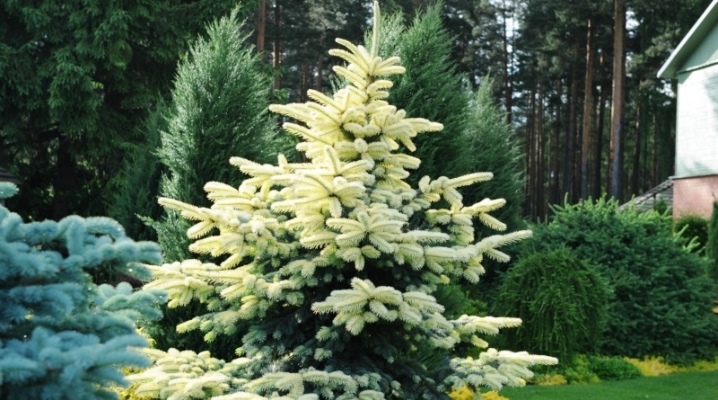
Ate is a very good ornamental plant. However, even among them, the prickly spruce "Maygold" stands out favorably. It's time to find out what this culture is.
How to plant and care
The normal development of this culture is possible only if the land is cleared of weeds. Perennial weeds are especially dangerous. But you can refuse to use expensive fertilizers. Ordinary black soil or dark humus soil is quite enough.
The best seedlings are in plastic containers with extended-release fertilizers. Such plants will take root after planting with a 100% probability.
The Maygold spruce should be planted only after careful preparation of the substrate. It includes sour high-moor peat with a pH value of maximum 4.5. However, in areas where the soil is already acidic, a more alkaline substrate can be used. Mulching of alkaline soil is carried out with crushed pine bark and crushed coniferous spruce branches.

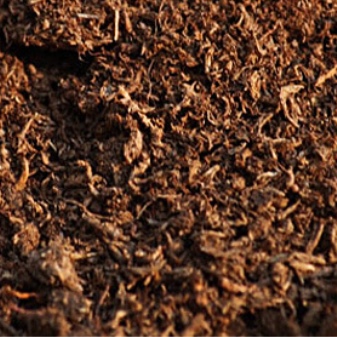
The trunk circle is fertilized at the rate of 0.03 kg of fertilizer per 1 kg of the alleged earthen coma. The schedule is as follows:
in the spring - nitrogen compounds;
in the summer months - phosphorus mixtures;
in August and September - potassium-based preparations.
In horticultural descriptions of garden spruce, it is noted that it needs mineral and organic additives. However, excessive amounts can damage the plant. In places with poor sandy soil, it is worth adding compost or old composted humus.
Organic mixtures will help to optimize the structure of the "light" earth and start the natural life cycle of soil microbes. This solution will help eliminate the use of expensive synthetic fertilizers.
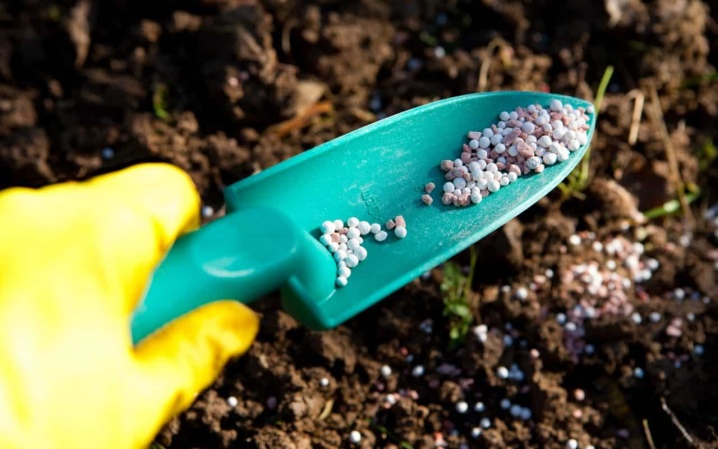
It is necessary to water the Maygold spruce systematically. Pruning is going well, occasionally it is absolutely necessary. With the arrival of heat, sanitary pruning is carried out every year, in which they remove:
old;
deformed;
dry and frostbitten branches.
This type of spruce is extremely poorly tolerated by soil salinization. It is very badly reflected on it and stagnant water, and the excessive density of the earth. Mulch is folded in two layers: humus or compost goes down, and bark on top. Measures must be taken against spruce aphid infestation. Butterflies "nuns" and fungal diseases are also dangerous.
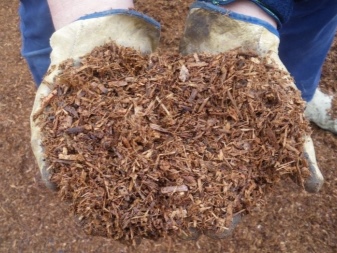
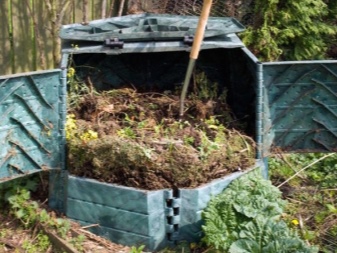
Against the background of long droughts, spider mites can become active. Preventive treatment with insecticides is carried out twice: in the spring and autumn months. May beetles and scoops are a great danger.
Before planting, it is worth soaking the roots in a special preparation. Better yet, pickle the entire plant with a sprayer.
For weed control, Roundup and Hurricane Forte are recommended. Consumption rates:
for a young seedling - 1 liter;
on a middle-aged tree - from 2 to 3 liters;
for a spruce with a powerful crown - over 3 liters.
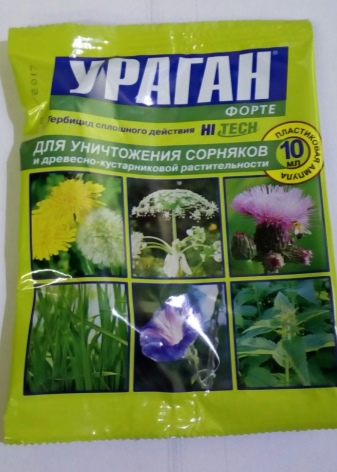
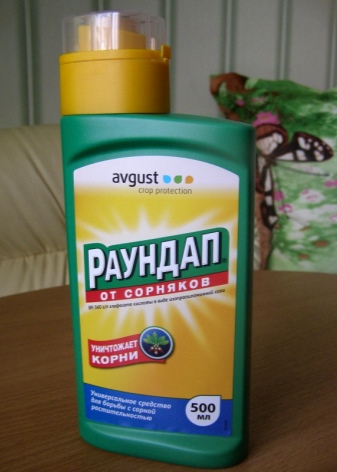
Key information and recommendations
But it is also useful to find out why the Maygold ate can be so good. This plant is one of the most graceful varieties of prickly spruce. In most cases, it looks like a fuzzy cone. Development is relatively fast. The growths appearing in spring are colored in a yellow-golden tone and are very clearly distinguished against the background of developed green needles.
By the age of 10, the plant can reach 2 to 3 m in height. The branches are relatively short and hard. Thick green needles are formed on them.There are no cones on the Maygold spruce.
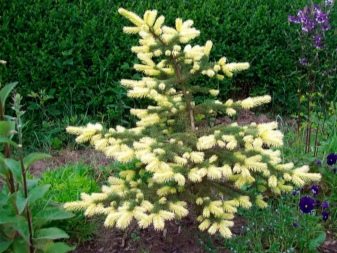

It is recommended to plant the plant on acidic soil with low moisture and strong drainage. If you got a seedling with a closed root complex, planting is possible throughout the year. You just need to carefully remove the plant from the container. Heavy chernozem and loam are recommended to be cultivated by adding:
sand;
peat;
shredded or scorched bark;
softwood shavings.
Top dressing is usually done with 0.1 kg of nitroammofoska per 1 plant. Regular watering is extremely important. For 1 barrel, 10-15 liters of water should be consumed weekly. It is necessary to loosen young seedlings to a depth of 0.05-0.07 m. Peat is used for mulching, which is then not thrown away, but stirred with the soil.

Variety in landscape design
This type of thorny spruce is advised to use:
in solitaire format;
as part of a decorative group;
in a rockery or rocky garden.

Since the tree is relatively short, it can be used in a small garden. The place in the overall composition is determined by the final height of the plant. It is allowed to add 1-2 trees with a different color and size to the ensemble. Blue spruce can be combined:
with thuja;
pine;
yew.
For an overview of the Maygold spruce, see the next video.



































































The comment was sent successfully.